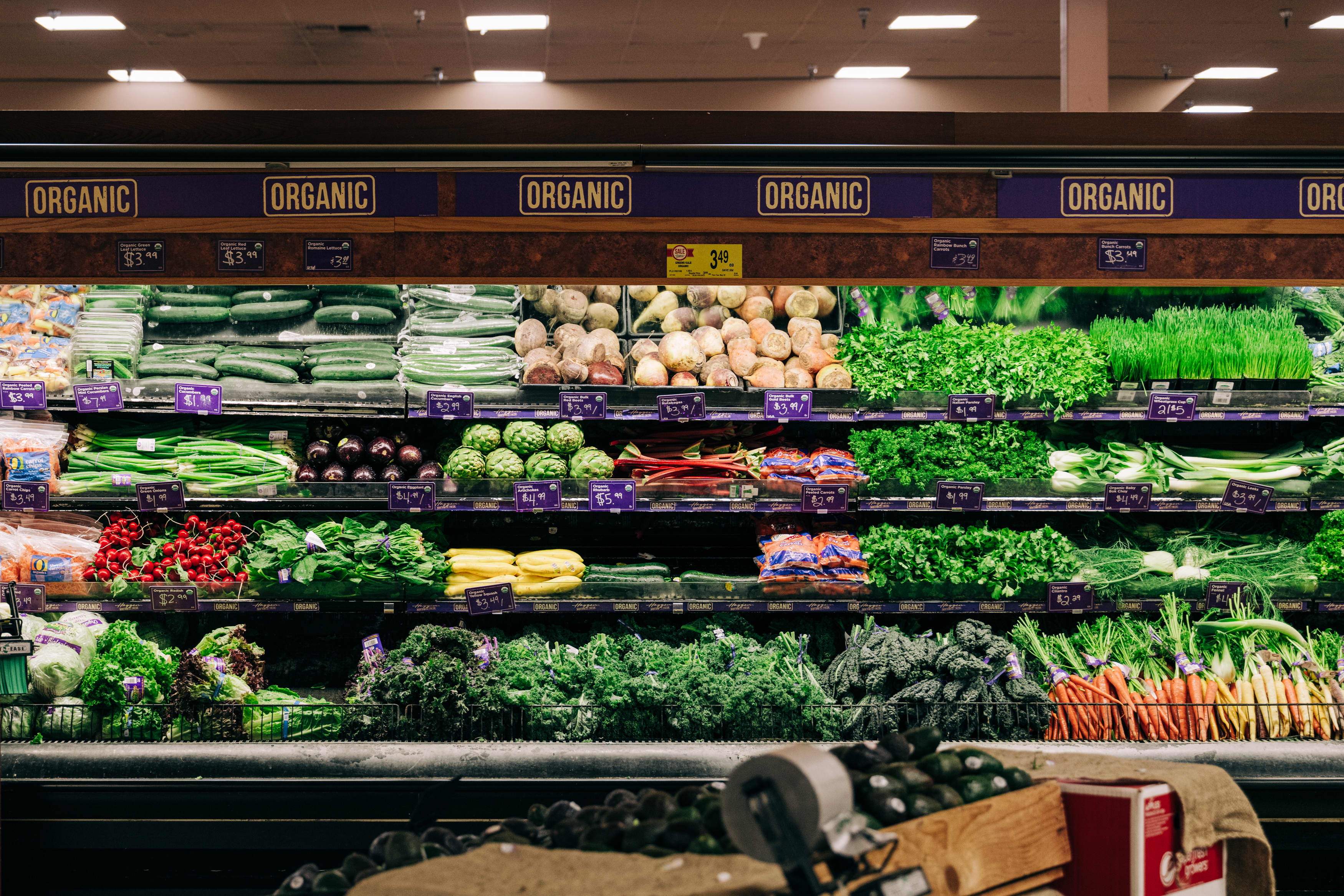The decline in food production in the U.S.

For decades, the number of farms and fruit and vegetable production in the United States has been decreasing, while the country increasingly depends on other countries to meet its needs, as stated by the United States Department of Agriculture.
According to Angela Huffman, President and Co-Founder of Farm Action, despite having nearly a billion acres of farmland and a population of just 330 million people, the United States is not self-sufficient in food production and is increasingly dependent on imports for key foods.
In 2024, fruit production in the US decreased by nearly 36% compared to 2003, while vegetable production decreased by 6.3%. The USDA reports that imports account for a growing share of fresh produce availability, with 60% of fruits and 38% of vegetables in the US coming from other countries in 2021, with Mexico being the largest supplier.
The US focuses on producing staple crops such as corn, soybeans, wheat, and sugar, which are essential for livestock feed and ethanol production. The country is also a leader in meat production, and global demand for meat continues to increase.
Many small to midsize farmers growing fruits and vegetables face a challenge because while commodities are important for the U.S. economy, they don't directly feed people.
With rising costs of labor, fuel, and fertilizer, it is becoming increasingly difficult for farmers to remain profitable. According to the USDA, farm labor costs are projected to increase by 6.9% in 2024. Additionally, many farmers who grow fruits and vegetables cannot use machinery to harvest their delicate produce as they can with commodities.
"We require some assistance. After all, who will cultivate our produce? Are you truly content with purchasing everything from abroad?" remarked Chip Kent, the co-owner and sixth-generation farmer at Locust Grove Fruit Farm in Milton, New York.
According to the Environmental Working Group, over the past 22 years, the largest and wealthiest farms growing the "big five" crops (corn, soy, wheat, cotton, and rice) have received more than 78% of federal subsidies, which are government payments that act as safety nets to protect farmers from fluctuations in price, revenues, and crop yields.
Tom Vilsack, USDA Secretary, believes that the criticism of larger commercial-sized operations receiving a disproportionate share compared to struggling small and midsized farmers is somewhat appropriate.
The 2018 farm bill, which was extended until 2024, expired in September. A new bill is unlikely to be decided on until 2025, and the new administration may make significant changes to subsidy allocations and payments.
Watch this video to learn more.
Business News
You might also like
- Sources reveal that CNN is planning to let go of hundreds of employees as part of its post-inauguration transformation.
- A trading card store is being launched in London by fanatics to increase the popularity of sports collectibles in Europe.
- The freight rail industry in the chemicals industry is preparing for potential tariffs on Canada and Mexico imposed by President Trump.
- Stellantis chairman outlines planned U.S. investments for Jeep, Ram to Trump.
- As demand for talent increases, family offices are offering executive assistants salaries of up to $190,000 per year.



















